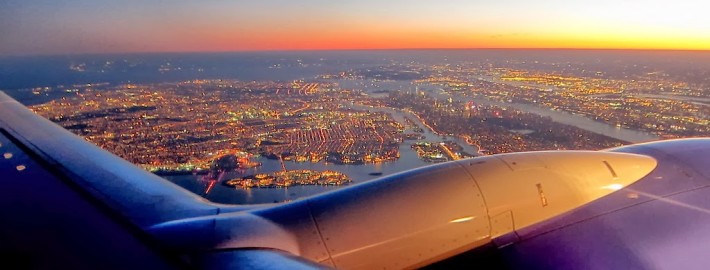Facial Analysis of Malaysia Pilots
When I look at these two pilots, their faces automatically communicate information to me. Science has been studying this and call it “personality identification at zero acquaintance.” I call it facial profiling.
When I look at Capt Zaharie Ahmad Shah, the second man in the grouping above, I see very warm features in his face. His nose, lips and cheeks support a very kind and compassionate person. I believe the captain was very well liked by people. He had a soft, gentle nature about him in his daily life. He was likely superb around children, too. He was a caring individual. People trusted him without question. He was always respectful of others as well.
I also see a very intelligent man–one who had above average intelligence. He likely was known as someone who was very smart. And yet at the same time, I see a slight deviant side to his personality–a side that makes me pause slightly. I have hesitation to trust him completely. And ironically, I don’t see this side of him in all of his photos, but is clearly there, which means he could have fooled people. People may not have seen it either.
In the limited photos we see of him on the internet, he also expresses contempt multiple times, which is notable. Both the deviant look in some of the photos, and this expression give me pause and concern, though by themselves do not mean anything conclusive. They just show a potential for behavior that one must consider. No one can ever conclusively predict behavior. We can only say one has a higher propensity for certain behaviors.
When I read that the captain’s wife and children left him the day before the flight — that concerns me on multiple levels. I’d be curious to know why.
- Did his wife know something about him that she didn’t approve of (maybe have knowledge of something that was going to take place)?
- Was she seeing an unstable side to his personality (mental illness)? Mental illness doesn’t always present in photographs unless it is advanced.
- Did she leave him for another man or relationship that devastated him?
These are important factors to identify when determining potential propensities for actions that one might take.
People who are highly compassionate have a higher propensity to commit suicide as well–so we must consider that.
Could the captain have committed suicide by taking the plane down? Could he have been so desperately upset that his wife left him, that he veered off course in deep emotional distress in contemplation of suicide and then dove the plane straight down?
Did he struggle for hours about it?
Did he lock the co-pilot out of the cockpit? All are plausible with a compassionate person under life’s stressful situations.
Or did his devious side come out and plan something sinister out of anger or feelings of rejection, or something else? Was his rejection by his wife instantaneous or building over time?
When I look at the co-pilot, Fariq Abdul Hamid, I see a very honest, straight-shooter personality. What you see is what you get. He is polite, respectful, and is one to follow the rules. He takes the world at face value, whereas the pilot was a deep thinker and contemplated many things. The pilot was one to think outside the box. The co-pilot, however, hummed along in life much more lightly. He is much more easy going, accepting of life as it was, and his circumstances. The co-pilot’s mantra was like, “Things are what they are–don’t fret over them.” He wasn’t one to dwell on issues. He was one to quickly recover from adversity and moved on to life’s next adventure.
It’s also possible the plane was taken over by terrorists, or the plane had a catastrophic failure. I am open to all potentials. I’ve flown enough flights to know that when a pilot takes a flight, he, like everyone else, has to use the bathroom and in that moment, all planes are vulnerable to attack and infiltration into the cockpit by sinister people.





